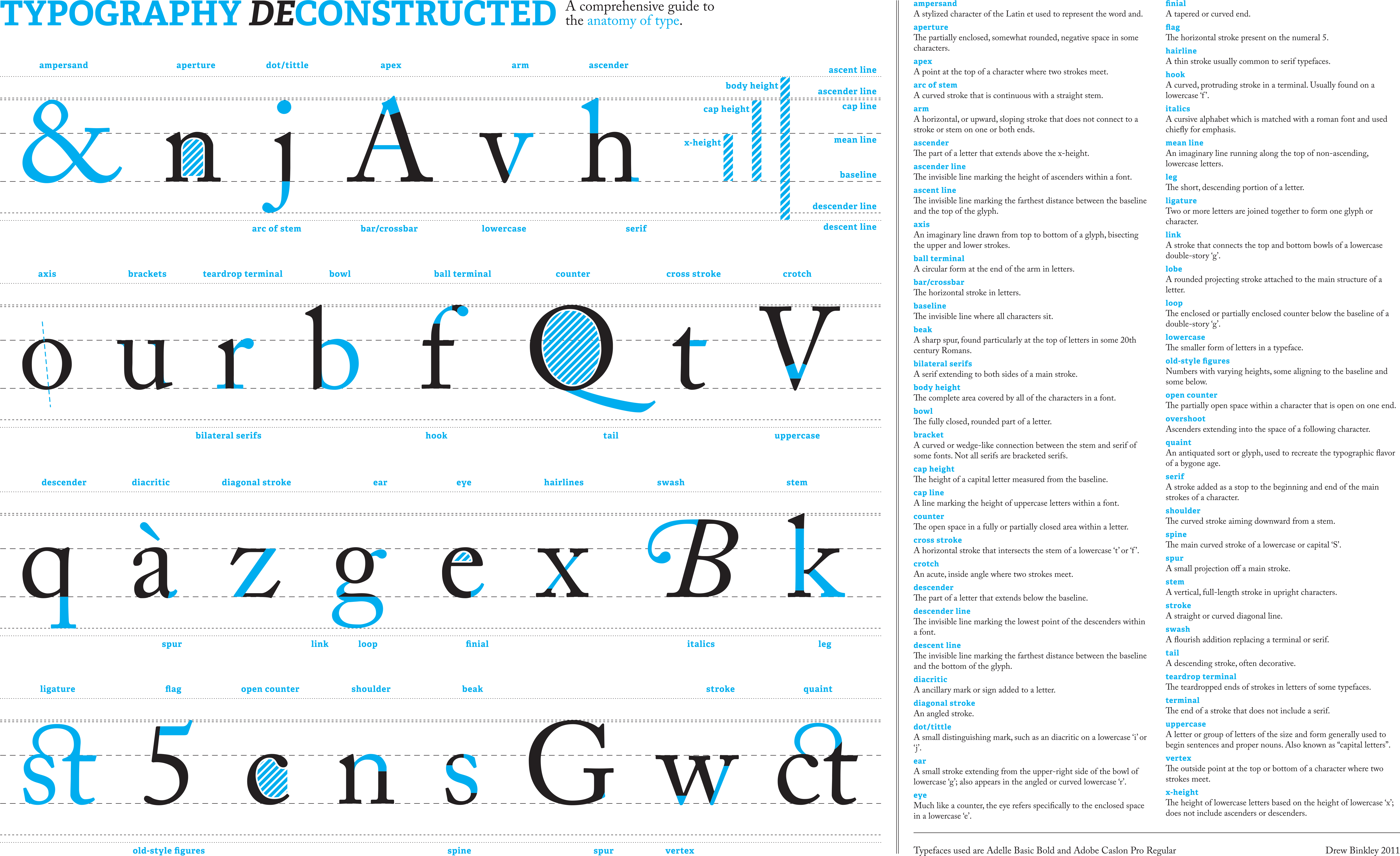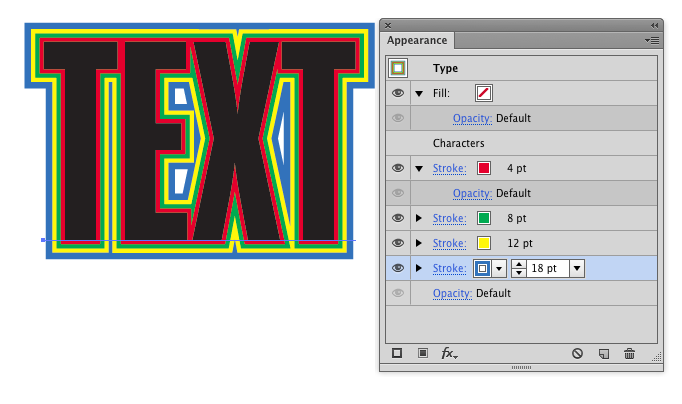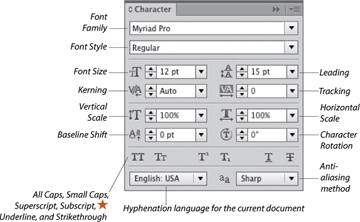CLASS RESOURCES:
Type Classification and Anatomy- Type_Classifications_
Classic Typefaces –Classic_Typefaces
Illustrator Shortcuts
CMD+SHIFT and Arrows (next to M) to increase size of type
ALT + UP/DOWN change leading
ALT + RIGHT/LEFT change tracking
ALT + RIGHT/LEFT change kerning (when in between two letters)
ALT + SHIFT + UP/DOWN on word change baseline
In Illustrator, use Window>Appearance to add multiple strokes and effects to your type or shapes.
Classwork 1:
Experiment with the classic types
Garamond, Baskerville, Century, Bodoni and Helvetica
classic fonts
Classwork 2:
Collect 20 images of different typefaces.
You can take pictures with your phone or take screenshots (command+shift+4)
Look at the typefaces you see in your clothes, on products, on signs, on logos, etc. Decide which category each logo belongs to:
Serif, Sans-serif, Blackletter, Script, Display/Decorative
Collect all 20 images and the classification in one illustrator document, export to JPEG when you are done.
Name this project Lastname_TypeClassification.jpg
NOTES & LINKS:
Type Classification Examples and History – http://www.designingwithtype.com/cooper0/index.html
Serif Overview – https://en.wikipedia.org/wiki/Serif
Old Style Serif https://en.wikipedia.org/wiki/Category:Old_style_serif_typefaces
Transitional Style Serif https://en.wikipedia.org/wiki/Category:Transitional_serif_typefaces
Modern Style Serif https://en.wikipedia.org/wiki/Category:Modern_serif_typefaces
Slab Serif https://en.wikipedia.org/wiki/Category:Slab_serif_typefaces
Adobe Typekit, interactive site with category selector- https://typekit.com/fonts
Typography History with Examples- http://ilovetypography.com/2007/11/06/type-terminology-humanist-2/
More information about type families –http://www.fonts.com/content/learning/fontology/level-1/type-families
Detailed Type Anatomy & Glossary – http://www.typographydeconstructed.com/
In Illustrator, use Type > Character to adjust the type settings.

